Is hair dye bad for the environment? Hair dye is bad for the environment. That’s right, it is not good to put toxic chemicals on your body since they end up in our water supply system.
Many people indeed want hair color, and it will damage the environment greatly.
However, you can limit how much of an effect this has on the planet by taking some steps to limit your environmental impact by reducing your consumption of these kinds of hair products.
What are hair dyes?
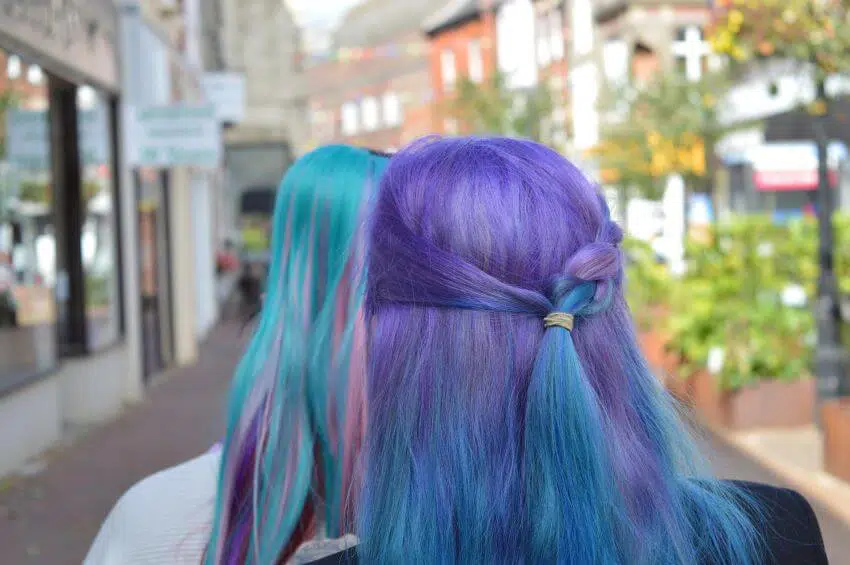
Hair dye is a coloring agent that many people use for hair color. Hair dye is a mixture that includes hydrogen peroxide or another type of oxidizing agent. This then reacts with the natural melanin in your hair, which causes the hair to become the desired shade.
See Related: Is Hair Biodegradable?
What are hair dye chemicals?
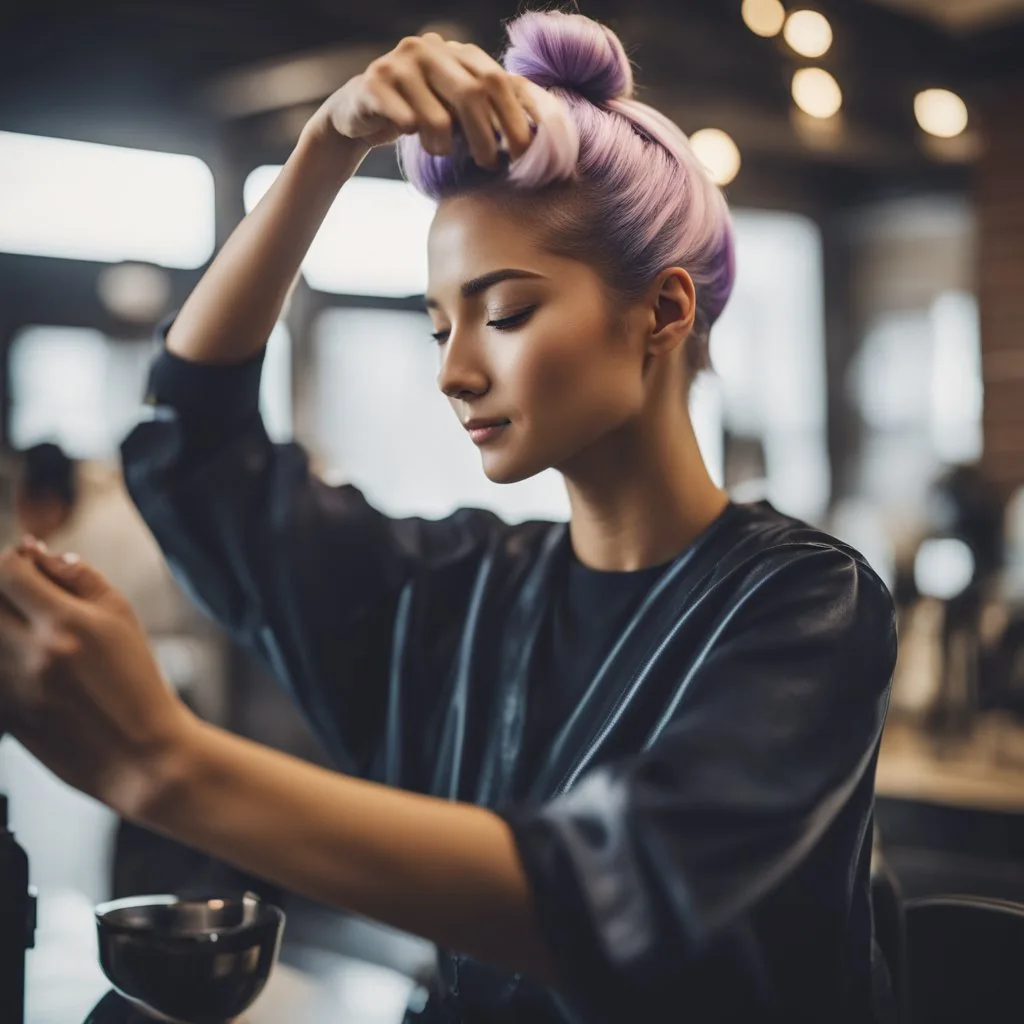
Much commercial hair dye includes ingredients that haven’t been tested for human safety and may cause problems. Paraphenylenediamine (PPD) is often found in black and dark brown hair dye and can be extremely toxic if it enters your body.
The Food and Drug Administration suggests that paraphenylenediamine levels should not exceed 10 ppm in a product. However, some companies have been selling black hair dye with amounts exceeding 100 ppm.
This chemical has been linked to bladder cancer and other health problems if it enters your body, especially through the skin or eyes. Hair dyes also contain hydrogen peroxide that might cause scalp irritation.
See Related: Best Products to Help Climate Change to Buy Today
Are hair dye chemicals toxic to humans?
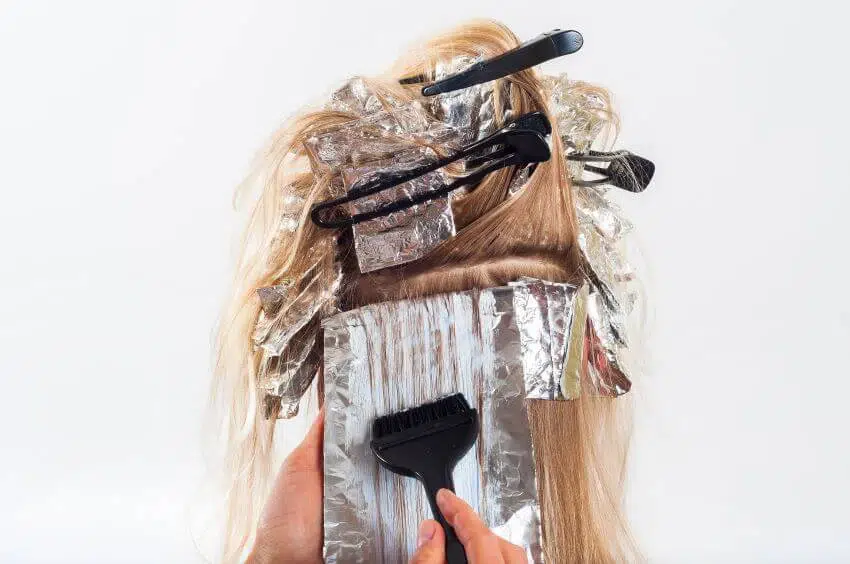
According to the World Health Organization, many chemicals used in dyes have not been tested for human safety. This means there may be side effects of these ingredients that we do not know about yet.
Some of the most dangerous chemicals found in hair dye include phenylenediamine (PPD), which has been linked to bladder cancer and other health problems. Formaldehyde is another toxic chemical that’s often found in hair dye, as well as dibutyl phthalate (DBP), which is a potential carcinogen.
See Related: Are Brown Paper Bags Compostable?
Are dye chemicals toxic to animals?
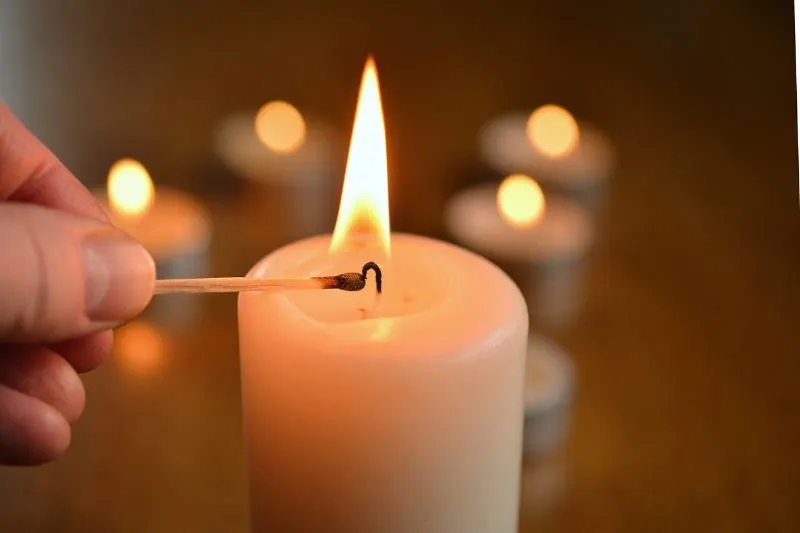
Hair dye ingredients have been shown to have negative effects on animals, specifically aquatic life. Paraphenylenediamine (PPD) is a major ingredient in many black hair dyes that can be toxic when it enters our waters.
PPD has been detected in wastewater from a commercial hair salon and this chemical remains in the treated effluent. Animal studies have also shown that paraphenylenediamine is carcinogenic and can cause other negative health effects.
Hydrogen peroxide is one of the major chemicals that has been shown to affect aquatic life, specifically algae. Researchers have found that hydrogen peroxide reduces the amount of oxygen in the water when it reacts with organic matter. This change in oxygen levels negatively affects fish and other aquatic creatures.
See Related: Best Conservation Books to Read
Are dye chemicals toxic to plants?
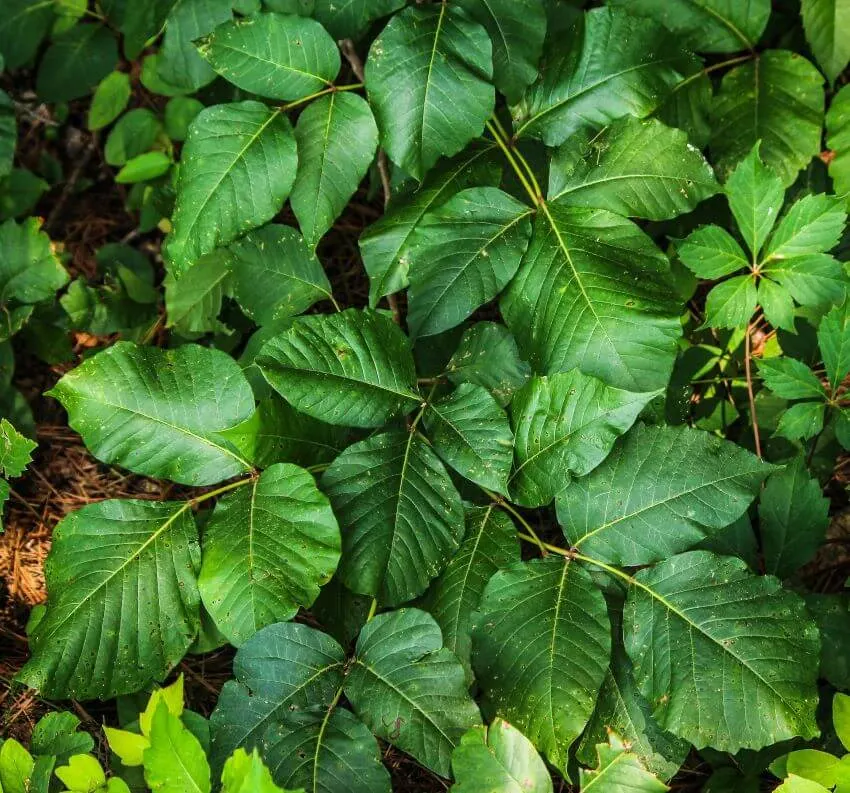
Hair dye ingredients can also be toxic to plants and may kill them when they grow in water sources. According to the National Pesticide Information Center, dye chemicals are very toxic to plants. The ingredients can remain in the soil for months or years after application and can kill plants in your garden or other areas where you apply them.
See Related: Why Carbon Monoxide is Bad for the Environment?
How do hair dyes harm the environment?

These dye chemicals threaten the environment because when people wash commercial hair dyes they end up in our water supply system through sewages and end up in different bodies of water like rivers, streams, and the world’s oceans that are harmful to aquatic life.
You may also not realize that there are chemicals in your drinking water because most water treatment plants do not filter out these illegal chemicals in the commercial dye.
Many people don’t think about the effect of putting chemicals on their bodies until it ends up harming other parts of the environment, which is why it’s important to be aware of how your personal choices affect the environment.
See Related: Best Clothing Companies That Plant Trees
How much hair dye is being used globally?
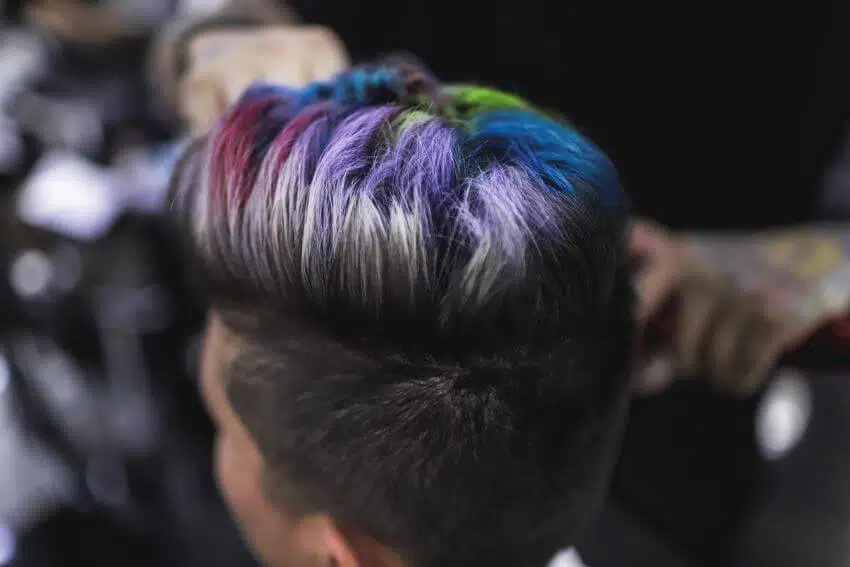
It is the third most used cosmetic in the world. It’s estimated that 75% of people in North America use this product, which continues to grow yearly.
According to the Food and Drug Administration, these products were sold in 6.5 million units for 303 million dollars in 2010 alone.
See Related: Best Eco-Friendly Backpacks
What are some alternatives for hair dye?
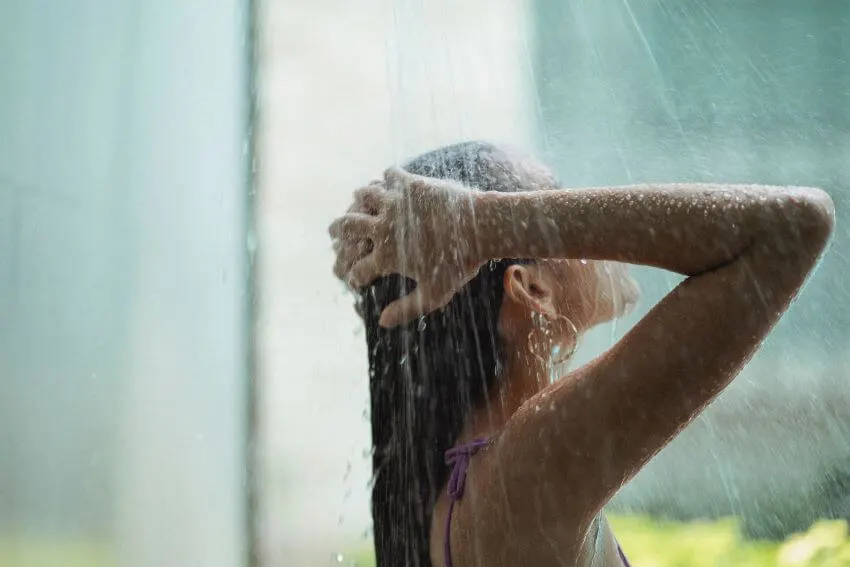
Using hair dye alternatives rather than chemical dyes, you can limit your environmental impact. Coloration is a popular alternative that uses plant-based ingredients instead of chemicals, which means it’s safe for you and the environment.
Another great solution is a henna dye made from henna leaves and has similar coloring properties to chemical dyes. More people are choosing henna dye because of its environmentally friendly properties, while some prefer it because of its natural color.
See Related: Is Resin Bad for the Environment?
Henna dye vs chemical dye

Henna leaves have been used in India since ancient times to dye hair, clothing, and fingernails. People who use henna dye their hair because it works effectively as a hair dye without toxic chemicals.
It also comes in a wide range of colors you can mix for the perfect shade. That’s why many people use henna due to its hair dye environmentally friendly aspects.
Chemical dyes are another option for hair color, and many different brands and types of chemical dyes are on the market today. The problem with these products is they can cause toxic side effects, allergic reactions, and respiratory problems. Chemical dyes are made from harsh chemicals that are unhealthy for your skin or scalp.
See Related: How to Make Mobile Home Energy Efficient
Possible side effects of using chemical dye
- Phenylenediamine, which is a potentially carcinogenic chemical that can cause bladder cancer if there is repeated exposure to it.
- Increased chance of being exposed to chemicals if you swim or fish in lakes or rivers near factories where these products are manufactured.
- Exposure to hydrogen peroxide through the scalp can produce harmful effects like burning, itching, swelling, and other reactions, resulting in scalp irritation.
- Possible side effects include breathing problems or allergic reactions to the chemicals in hair dye, such as redness of the face, neck, and chest.
- For pregnant women who are exposed to these chemicals may experience a negative effect on their unborn child like causing birth defects.
- Possible side effects include development problems like causing endocrine disruption, hyperactivity, attention deficits, or behavioral problems.
- Some of the health risks of hair coloring products used in salons include breathing difficulties, eye irritation, and nosebleeds.
See Related: Best Biodegradable Dog Poop Bags
Safety tips on using chemical dye
- Always do a patch test before using any type of hair dye, and stay away from the scalp area to avoid injury.
- Avoid prolonged inhalation when applying hair dyes.
- Choose a product with a low concentration of ammonia
- Wear protective clothing when applying hair dyes if you already have respiratory problems such as asthma or emphysema. Also, try not to use the product in excess to avoid issues such as breathing problems and irritation.
- If you apply hair dyes at home, ensure everyone knows about the materials used to avoid accidental contact with them.
- When doing a rinse-out or semi-permanent hair dye, do not use conditioners for one day before and after dyeing because they can interfere with dye absorption unless you are using permanent hair dyes.
- It is important to leave chemical hair dyes on your hair for the right amount of time, which varies according to the instructions provided by the manufacturer. If you rinse your dyes too early you won’t get as much color as desired.
- Make sure to clean up all residue from dyes when you apply them so they won’t stain your skin or anything they come in contact with.
See Related: Energy Efficient TVs
Environmental tips on using hair dye
- Choose organic, natural, and ammonia-free items that don’t contain hazardous chemicals that might harm your body and the environment like Aveda natural hair color.
- Look for products labeled 100% vegan and cruelty-free if you care about animal welfare when purchasing any product.
- When possible, try to avoid buying imported goods because they travel long distances before they reach their destination. This results in increased pollution and can cause more harm than good.
- Looking for hair care products that are made biodegradable instead of plastic will help reduce your carbon footprint.
- Do not use plastic bottles when storing hair dye, since they can release chemicals into the product. Instead, choose to use glass containers when dyeing hair at home.
- If you are dyeing your hair at home, use a sink that can be easily cleaned after each use instead of showering or bathing. Remove the water using towels if there is no place to drain.
- Use paper plates and clean razors instead of plastic ones when possible to reduce the use of plastic.
- Try to choose dried flowers instead of plastic ones for decoration, such as weddings and birthdays.
See Related: What is Polyvinyl Alcohol (PVA)? Applications & Environmental Impact
Is Hair Dye Bad for the Environment?
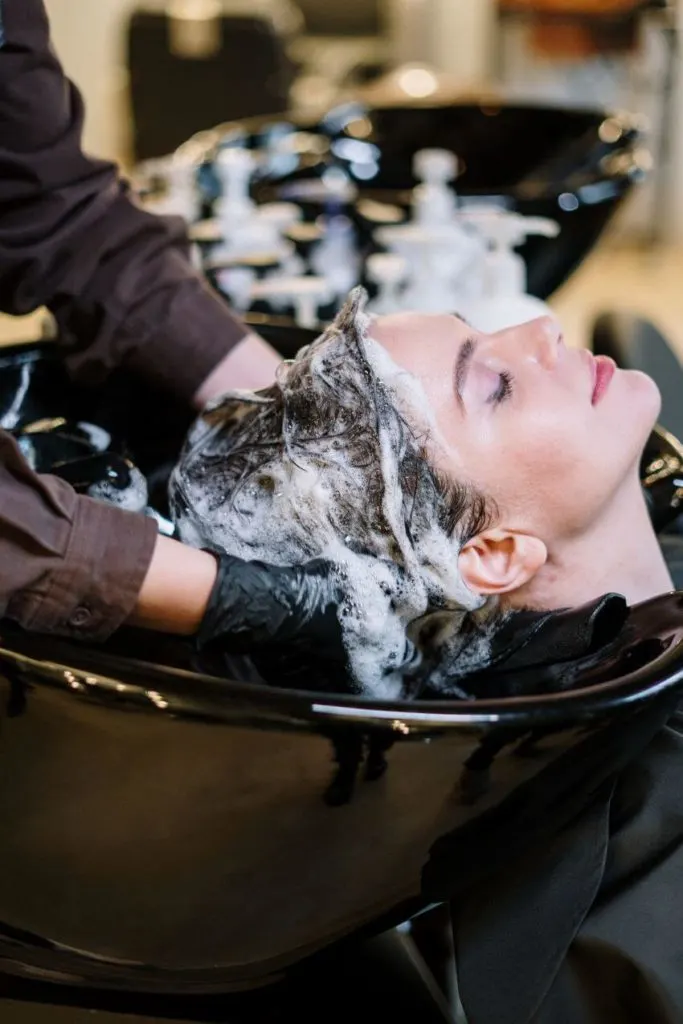
Hair dye can be bad for the environment, because of its chemical ingredients. While permanent dyes have many side effects, they can be used safely in moderation to minimize risks.
To reduce potential harm from using hair dyes regularly, try to go for natural dye and organic cruelty-free products and ammonia-free instead of traditional hair dyes whenever possible.
See Related: Best Solar Tiki Torches
Final Thoughts
Yes, it is bad for the environment. Many harsh chemicals on hair color products are known to be toxic (according to the FDA).
They are typically fragrant chemicals found in perfumes and other cosmetics but come from auto exhaust. Also with gases emitted by factories processing fats and oils into food products like fast-food french fries, beauty care items like shampoo, and lotion – all things you would not want near your head while processing chemicals attach to your scalp, causing irreversible health problems.
Some colors contain PPDs, which can trigger reactions similar to allergic reactions, including acute dermatitis (impaired skin integrity), redness, inflammation, blistering, intense itching, localized swelling, headache, oral pain, vomiting, fatigue, diarrhea, nausea, and dizziness.
One recent study released in 2018 finds that dyed hair wearers age faster than those with natural locks, and the chemicals found in darker dyes dramatically sped up aging.
The FDA has found that some of the ingredients used in the permanent dye used by 80% of American women—and increasing numbers of men—can cause cancer.
Related Resources
